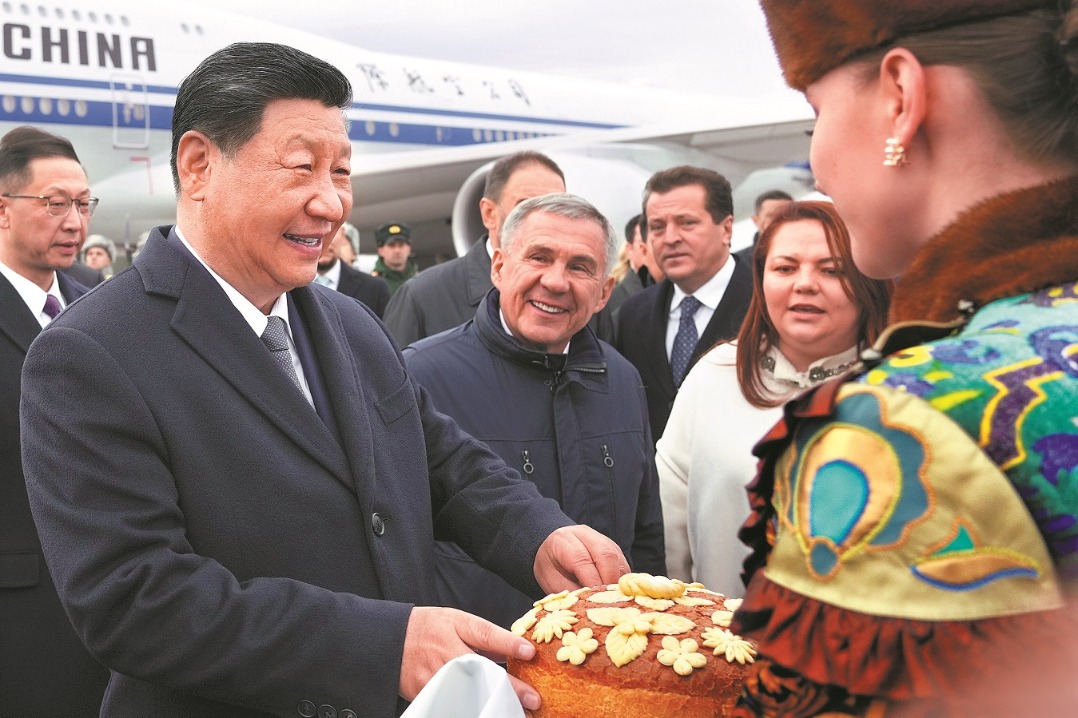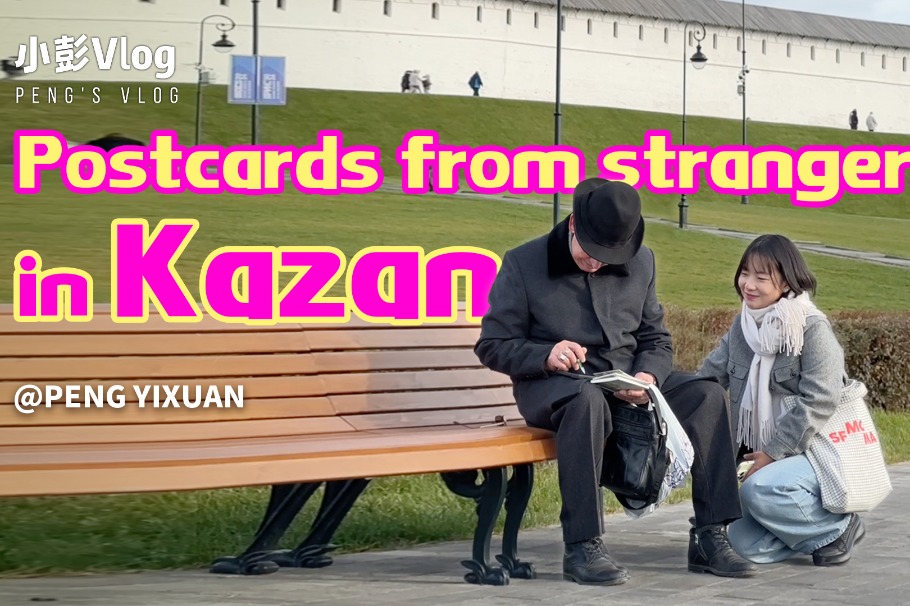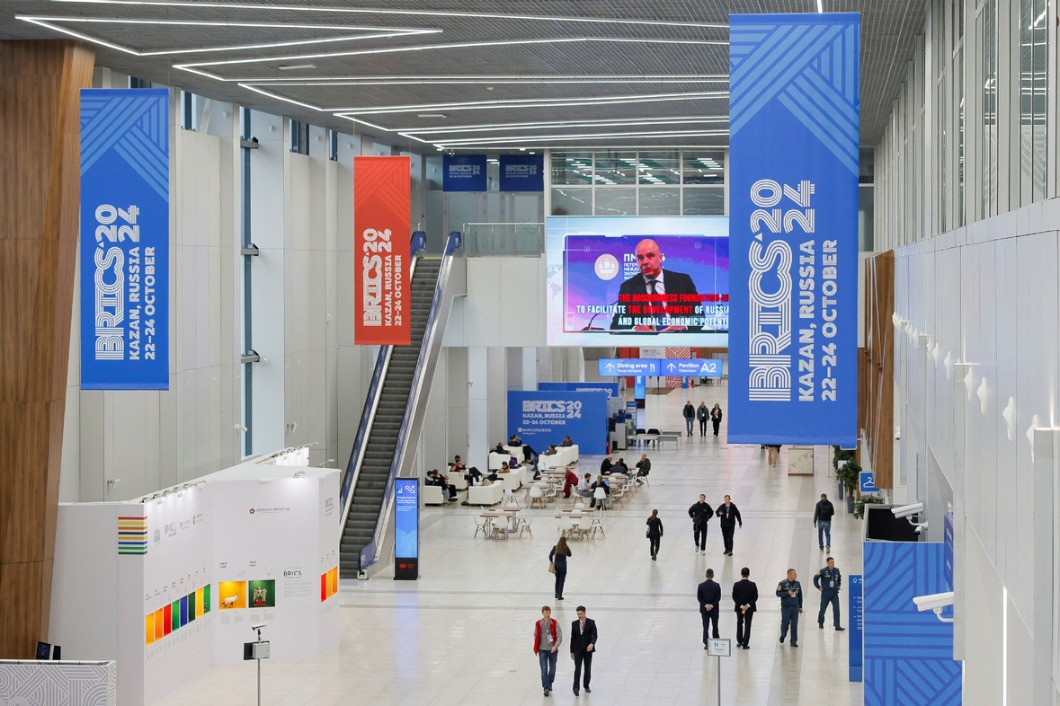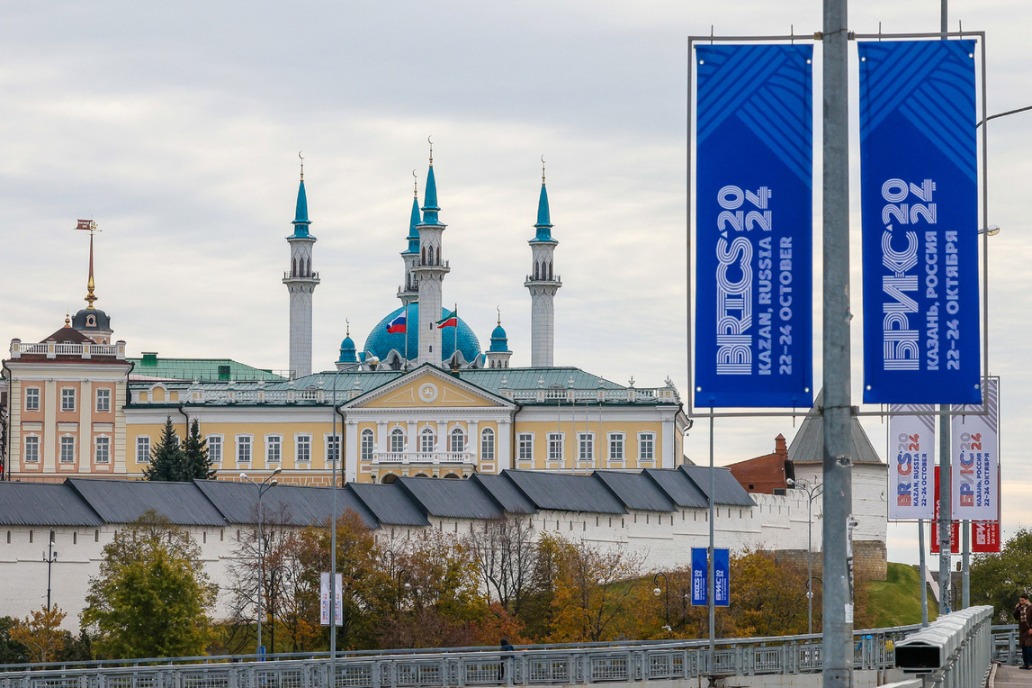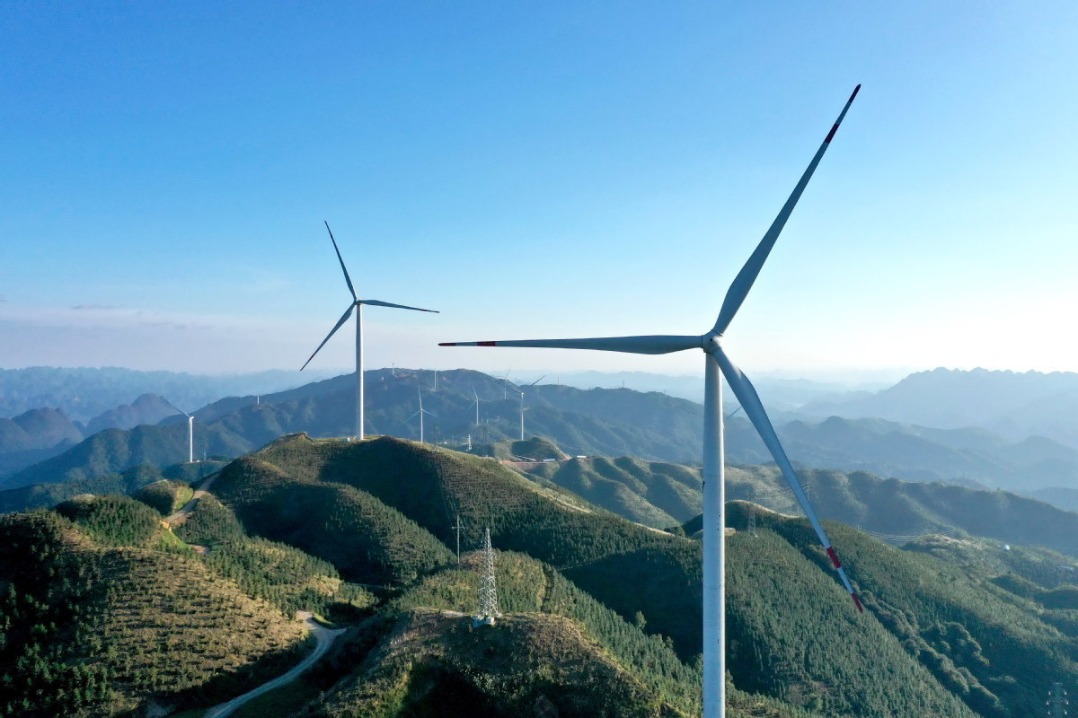Navigating a crisis

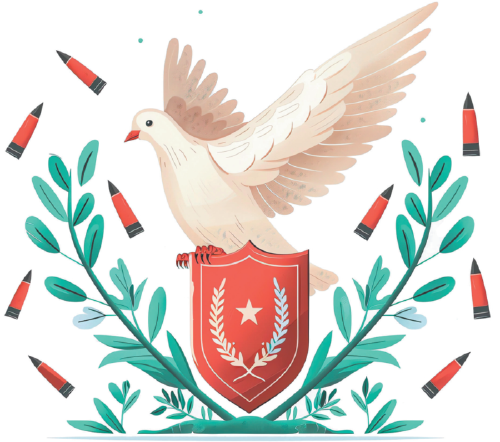
China should strengthen strategic consultations with Europe to address mutual concerns and reduce the internal momentum behind NATO's 'Indo-Pacific' pivot
NATO's pivot toward the "Indo-Pacific" region can be traced back to the period following the end of the Cold War, when the bloc began turning its attention to Asia and sought preliminary security cooperation with certain Asian countries.
However, this cooperation was not based on the same strategic rationale as NATO's current "Indo-Pacific "pivot. Today, NATO's shift toward the "Indo-Pacific" not only reflects changes in global geopolitics but also reveals a new security mindset. From the initial concept of "cooperative security" to the current strategy of "integrated deterrence", NATO's policy adjustments have underscored strategic competition with China and Russia. This shift marks a decline in major country cooperation and an intensification of great power rivalry, particularly in the context of China-United States strategic competition and the Russia-Ukraine conflict. NATO is reshaping its role in the "Indo-Pacific" region, which is creating new challenges for Asian countries.
In the early 1990s, as the Cold War ended and the Soviet bloc disintegrated, the US strategic community engaged in debates over what grand strategy Washington should pursue. One camp proposed a new strategy of "cooperative security" to replace the Cold War containment strategy. In the 1990s, under this concept, NATO began engaging with Asia-Pacific countries such as Australia, New Zealand, and Japan, inviting them to support and participate in NATO's military operations in the Balkans. After the Sept 11 attacks in the US, NATO, backed by US leadership, gradually established security partnerships with Australia, New Zealand, Japan and the Republic of Korea in the name of counterterrorism.
In the aftermath of the end of the Cold War and the Sept 11 attacks, NATO formed security partnerships with certain Asia-Pacific countries within the framework of "cooperative security" — aimed at enlisting their assistance in NATO's military and "stabilization" operations in the Balkans, Afghanistan and the Middle East. In comparison, the current pivot toward the "Indo-Pacific" is driven by an entirely different strategic logic. It is more aligned with the US strategy of competition with China, and in the context of the Russia-Ukraine conflict, and it serves the purpose of "integrated deterrence "against China and Russia. The strategic thinking behind "integrated deterrence" concentrates on addressing "challenges posed by China" while simultaneously dealing with the Russian threat. The US plans to address the strategic and security challenges posed by China and Russia through "close cooperation" with NATO allies and "Indo-Pacific" partners.
Driven by the logic of "integrated deterrence", NATO's current "Indo-Pacific" pivot exhibits some new characteristics.
First, the bloc is shifting from emphasizing great power cooperation to focusing on great power competition. In the 1990s and after the Sept 11 attacks, NATO's engagement with the Asia-Pacific was based on the logic of "cooperative security", which posited that great power competition had been replaced by great power cooperation, and that such cooperation could effectively address both traditional and nontraditional security challenges. However, NATO's current "Indo-Pacific" pivot has evolved in the context of US-China strategic competition and the Russia-Ukraine conflict. Its underlying logic is the replacement of great power cooperation with great power competition, highlighting China and Russia as security threats and "systemic challenges" to NATO.NATO has been deepening defense cooperation with Japan, Australia, the ROK and New Zealand, focusing on "Indo-Pacific" maritime security, and stressing the "indivisibility" of Euro-Asian security, with the aim of imposing dual deterrence on China and Russia.
Second, NATO is advocating the interconnection of Euro-Asian security. The Euro-Atlantic region has always been the core of NATO's security agenda. NATO's new strategic concept document states that NATO's core mission is to "safeguard the freedom and security of all its members". Collective defense is at the heart of NATO.However, as US-China strategic competition intensifies, particularly with the onset of the Russia-Ukraine conflict, NATO has begun to emphasize the interconnectedness and "indivisibility" of Euro-Asian security while ensuring the security of its Euro-Atlantic members. US officials and NATO's secretary-general have promoted the narrative of "Ukraine Today, Asia Tomorrow" in various settings.
Third, Japan, Australia, the ROK and New Zealand have been key strategic pillars for the "Indo-Pacific" pivot of NATO. The bloc has invited the leaders of the four countries to NATO summits, upgrading defense and security cooperation with them. It has also focused on defense technology collaboration with these nations, indicating NATO's intent to establish the four nations as key strategic pillars in its "Indo-Pacific" pivot.
However, NATO's pivot to the "Indo-Pacific" is constrained by several factors, including NATO's core strategic interests, its military capabilities, and differing opinions within the alliance. As such, the future of NATO's "Indo-Pacific" pivot remains uncertain. Overall, NATO's "Indo-Pacific" pivot is more rhetorical than substantive, with security cooperation focusing mainly on soft security areas such as defense technology, defense production, and maritime domain awareness. The pivot is also likely to be significantly impacted by shifts in US domestic politics.
For China, it is essential to assess NATO's "Indo-Pacific" pivot and its trajectory in the context of China-US strategic competition, regional power dynamics, and the profound adjustments in great power relations that are part of major changes unseen in a century. At the same time, it is crucial to recognize the constraints and internal limitations NATO faces in its "Indo-Pacific" pivot, stemming from its core mission, military capabilities, and internal disagreements. While observing some of NATO's emerging trends, it is also necessary to recognize the significant uncertainties and disruptive factors that will shape its future development. Amid these complexities and uncertainties, China should maintain strategic resolve, properly navigate crises, and, in particular, strengthen diplomatic and strategic consultations with Europe to address mutual concerns and reduce the internal momentum behind NATO's "Indo-Pacific" pivot.
The author is a professor at the Center for American Studies at Fudan University. The author contributed this article to China Watch, a think tank powered by China Daily.
The views do not necessarily reflect those of China Daily.
Contact the editor at editor@chinawatch.cn.

















